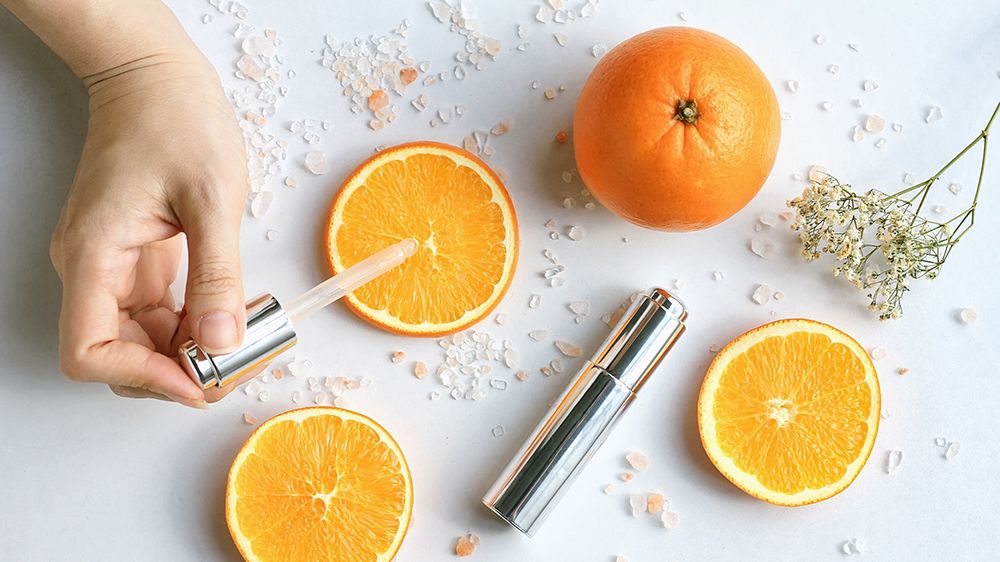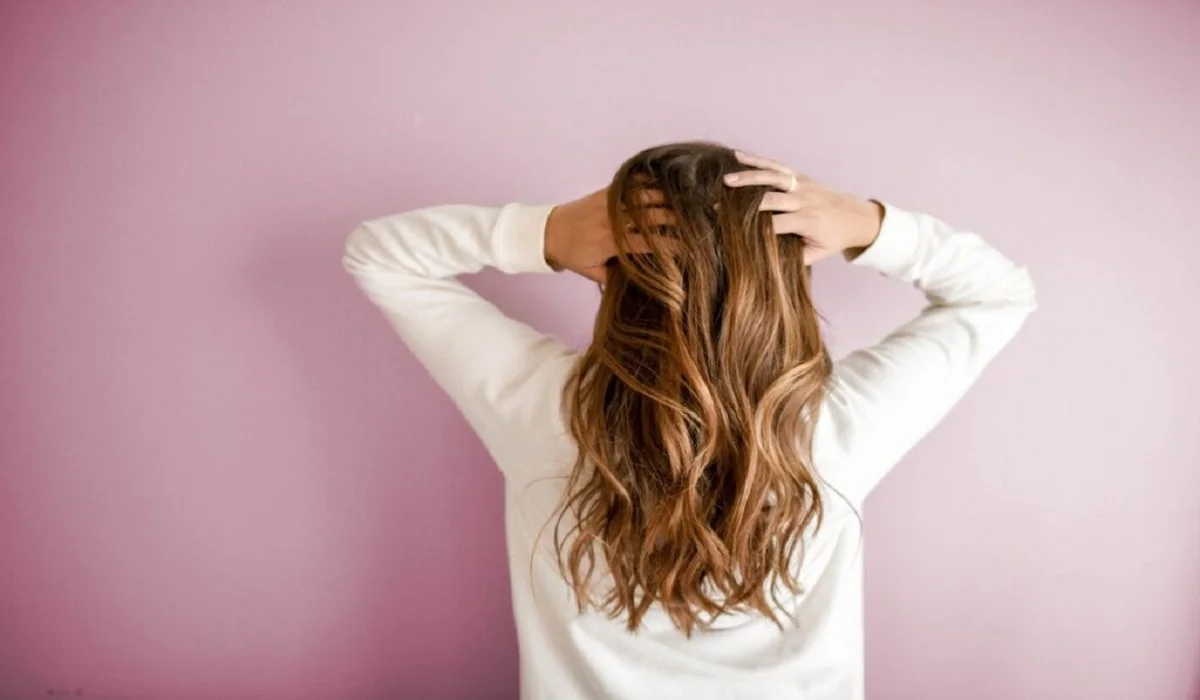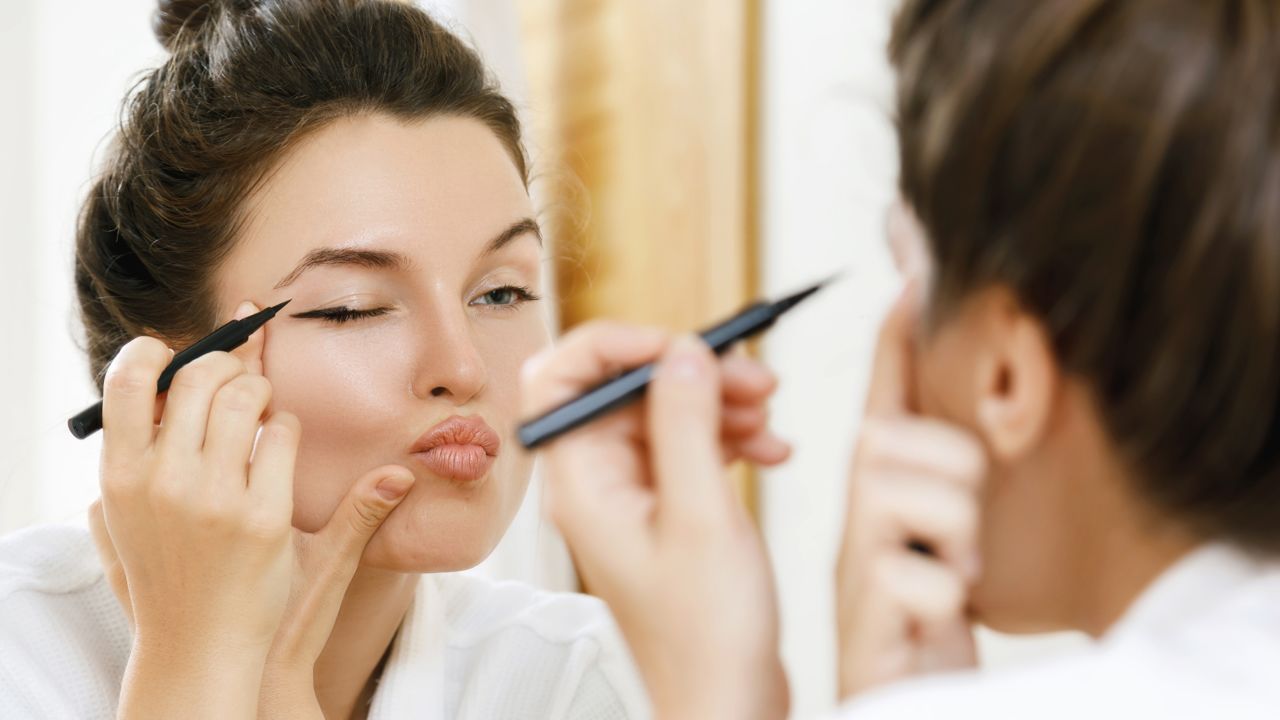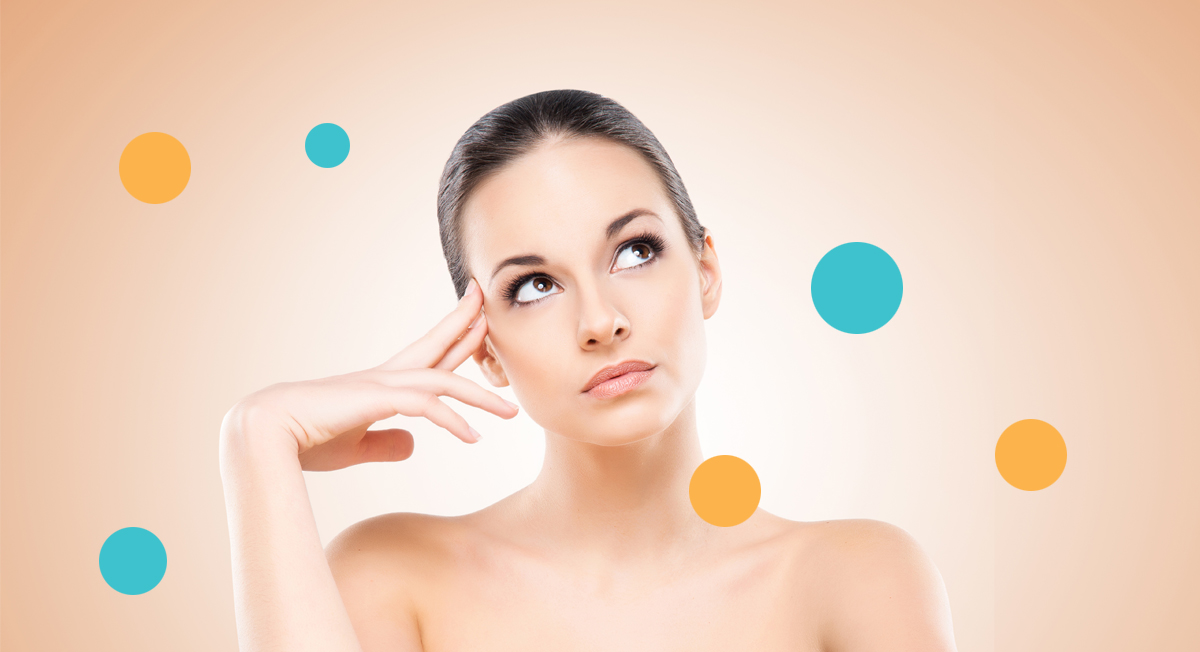
Vitamin C serums have become an invaluable addition to many skincare routines and have earned much praise. Vitamin C’s numerous advantages make this ingredient one of the key players for attaining radiant complexions, so we will explore why adding one into your routine could make a big difference for long-term skin health. In this comprehensive guide we’ll also look into its science as well as all its possible applications – be that brightening, protecting or rejuvenating.
Chapter 1 – Vitamin C Chemistry and Applications
Understanding the effects of vitamin C serums requires delving deeper into their science. We will do just that here:
Ascorbic Acid: the purest form of vitamin C, revered for its potent antioxidative capabilities and role in collagen synthesis.
Stability Issues: Vitamin C’s fragile nature poses difficulties when applied in skincare formulations, making stability maintenance an ongoing battleground.
Derivatives of Vitamin C: Stable forms such as sodium ascorbyl phosphate and ascorbyl glucoside that offer effective alternatives.
Chapter 2: Benefits of Vitamin C Serums
Vitamin C serums provide numerous skincare advantages and should be an indispensable addition.
Brightening: How vitamin C effectively combats hyperpigmentation, evens out skin tone and imparts a radiant radiance to give a glowing appearance to skin.
Antioxidant Protection: Vitamin C’s role as an antioxidant protector lies in neutralizing free radicals, shielding our bodies from environmental harm, and delaying premature aging.
Collagen Synthesis: Vitamin C stimulates collagen synthesis for improved skin elasticity and to decrease fine lines and wrinkles, ultimately contributing to reduced fine lines and wrinkles.
Chapter 3 : Selecting an Appropriate Vitamin C Serum
Not all vitamin C serums are created equal, so selecting one specifically tailored to your skin’s needs is of vital importance. We will discuss:
Concentration: An optimal concentration of vitamin C serums should provide effective results without leading to irritation.
Formulation: When considering formulation, texture and additional ingredients to suit the skin type you have, make sure they match.
Packaging: Opaque packaging plays an essential part in maintaining vitamin C’s shelf life and protecting its stability.
Chapter 4: Integrating Vitamin C Serums Into Your Routine
Implementing a vitamin C serum into your skincare routine takes careful planning.
Application Tips: Learn the proper way to utilize vitamin C serums by layering them up with other products in your routine and applying when and how often.
Frequency: Finding an optimal combination and frequency of application that allows maximum benefits without overburdening skin is the goal.
Pair with Other Actives: How can vitamin C and other skincare ingredients, such as retinol and hyaluronic acid, work in concert for maximum effect?

Chapter 5: Addressing Common Issues
Vitamin C serums provide numerous advantages, yet users may encounter certain concerns about them. Let us address them here:
Potential Irritation: How to minimize potential irritation for those with sensitive skin and the value of patch testing are two topics we cover here.
Storage Guidelines for Vitamin C Serums: Follow these best practices when storing vitamin C serums to preserve their efficacy and avoid oxidization.
Chapter 6 : Home-Made Vitamin C Serums
For those who enjoy taking an interactive approach, we will explore:
DIY Recipes: Easy and straightforward instructions to help create vitamin C serum at home using safe techniques with precise measurements and measurements taken into consideration.
Warning Notes: Potential pitfall and considerations when undertaking DIY skin-care formulation.
Chapter 7: Success Stories From Real-World Applications
Experiences shared by individuals who have implemented vitamin C serums into their routine can provide invaluable information. Here we share:
Testimonials: Individual accounts detailing how vitamin C serums have helped transform skin texture, reduce dark spots, and enhance overall skin health. mes Chapter 8: The Future of Vitamin C in Skincare
As skincare technology and techniques advance, we will explore:
Advances: State-of-the-art innovations in vitamin C formulation and delivery systems.
Researchers: Current investigations may unveil unexplored aspects of vitamin C’s potential use as skincare ingredient.
At this point, we’ll review the transformative potential of vitamin C serums, encouraging readers to explore this skincare powerhouse and unlock radiance within their own skin. With knowledge and commitment, incorporating a vitamin C serum could become one of the keys towards creating an even and radiant complexion.








